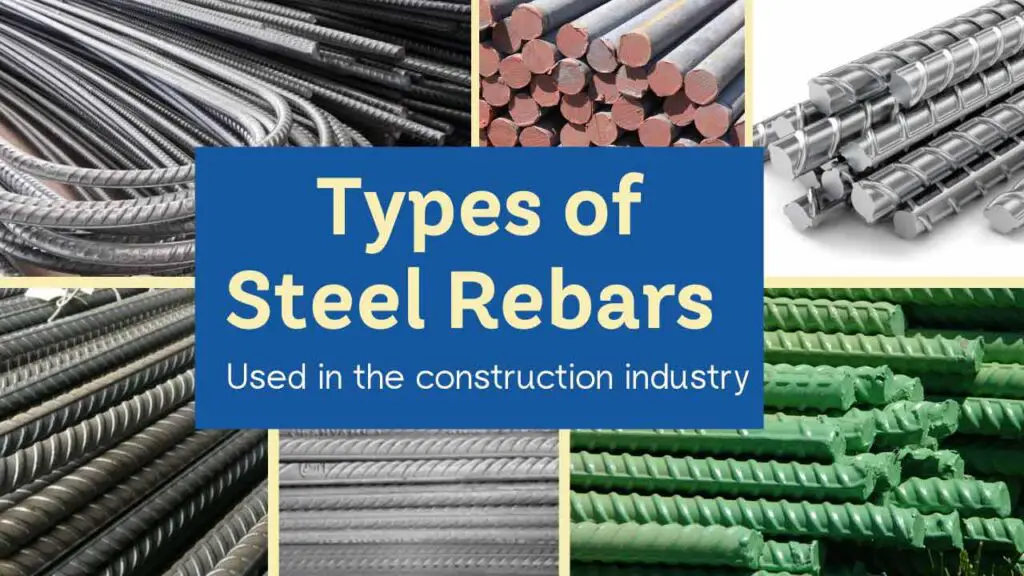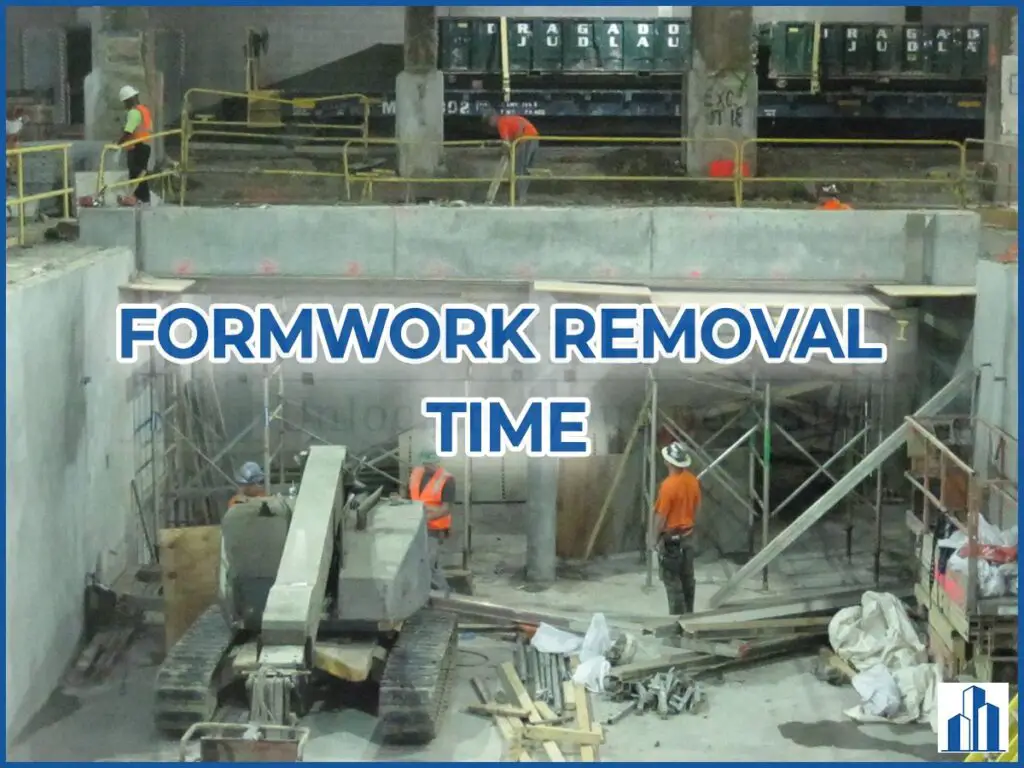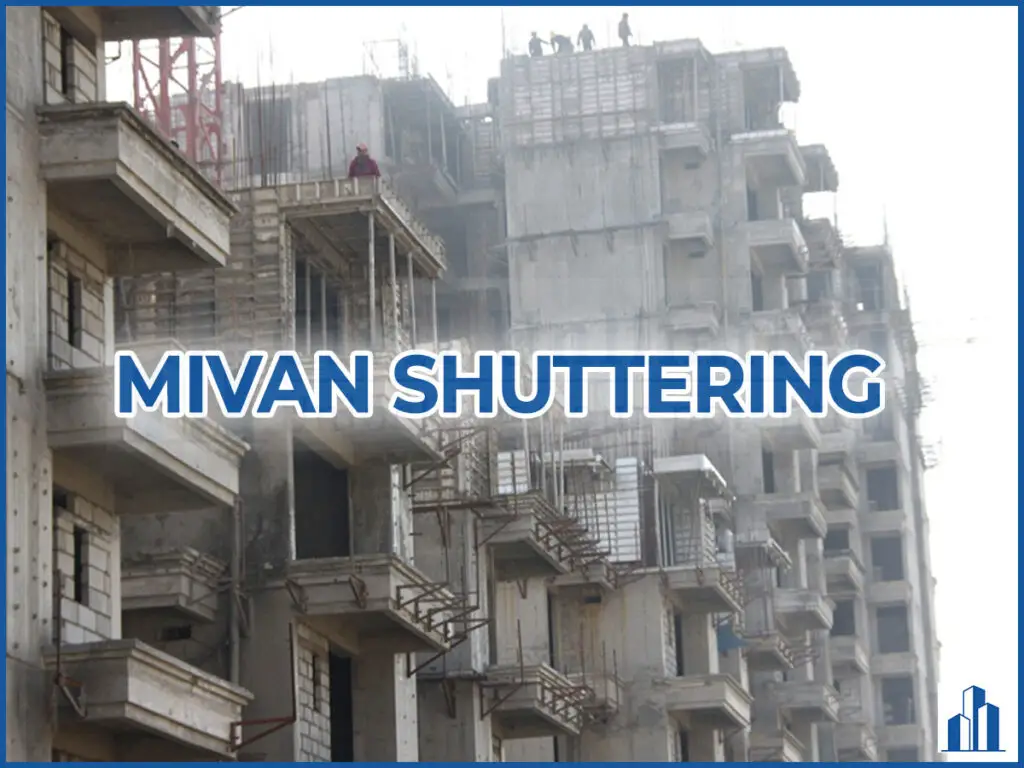What is steel rebar?
Steel is an alloy of iron and carbon.
Steel is widely used as reinforcement for cement concrete because the elongation of steel due to temperature is more or less equal to the elongation of concrete (same coefficient of thermal expansion).
The purpose of providing steel rebars (reinforcement bars) is to improve the tensile strength of the concrete since concrete is weak in tension.
The tensile strength of the concrete is almost 1/10th of the compressive strength of the concrete.
Types of steel reinforcement bars
It is important to note that the physical properties of steel depend upon,
- Carbon content,
- Impurities and
- The heat treatment process of the steel.
So, most of the steel rebar types mentioned here are produced by changing any one of the above criteria.
There are different types of steel rebars available in the market. It is important to choose the correct steel rebar based on the requirement of the project.
Major types of steel rebars used in the construction are discussed below.
1) Mild steel bars
These bars have plain outer surfaces unlike the ribbed structure displayed by other kinds of bars. The carbon content in these types of bars is very low and in the range of 0.15% to 0.30%.
For the above reasons, these steel bars are also referred to as Plain bars, Low carbon steel, and Dead steel.
Mild steel bars are not recommended for building structures since there is no bonding between concrete and steel which results in slippage of steel during load transfer.
However, these bars are used as dowel rods in road construction, used to create fences and gates, etc.
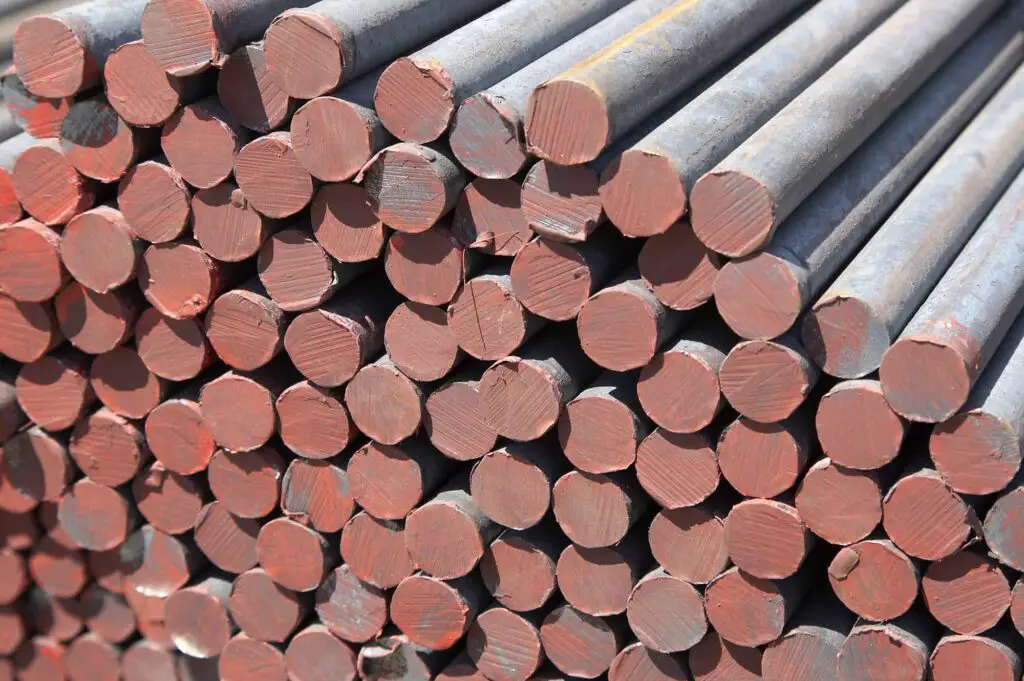
2) High Yield Strength Deformed (HYSD) bars
HYSD bars contain a higher percentage of carbon content when compared to mild steel bars. The carbon content is in the range of 0.70% to 1.5%.
The increase in the carbon content of the steel increases the hardness and compressive strength of steel but reduces the ductility and malleability of steel.
So, HYSD bars have high strength and low ductility. In addition to this, the ribs are provided in the bars to increase the bond strength between concrete and steel.
The strength of the HYSD bars shall be 40 to 80% higher than that of plain round bars of the same nominal diameter.
These bars are extensively used as reinforcement bars for construction.
Typically, there are three grades of HYSD bars, they are
- Fe 250,
- Fe 415,
- Fe 500, where the number indicates the yield strength of the bar in N/mm2.
Fe 250 grade become obsolete these days.
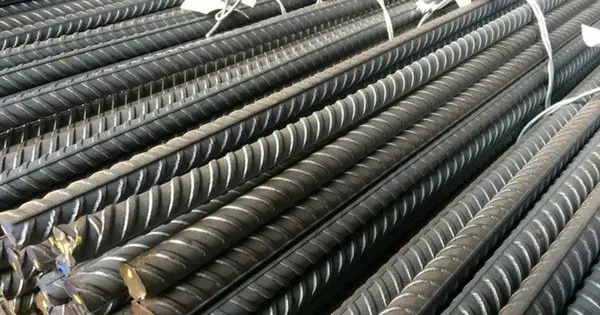
3) Cold Twisted Deformed (CTD) bars
As stated above, when carbon content increases up to a certain limit, the steel behaves like a brittle material and fails suddenly without giving any warning.
Due to this problem, the carbon content in steel is limited to 1.5%.
Now, that the carbon content is limited, engineers adopt other ways to modify the strength of the steel material.
CTD bars are produced by twisting the hot steel bars in a cold condition i.e room temperature.
It has higher strength and the twisted ribs improve the bonding with the concrete.
But the only problem is, due to twisting, the microscopic structures of the bar become altered and it shows no resistance towards corrosion.
CTD bars are no longer used because of their poor corrosion resistance.

4) Thermo Mechanically Treated (TMT) bars
As stated above, the increase in carbon content and the cold working of steel bars have created numeral problems. So engineers come up with an idea to modify the heat treatment process of the steel in order to create a better reinforcing material.
TMT bars are manufactured by rolling hot steel wires and then quenched immediately in water.
Due to the sudden cooling of the surface, the external surface of the bar results in being harder, and due to the gradual cooling of the inner surface, the inner portion tends to be softer than the outer portion.
This makes the TMT bar to be strong and ductile at the same time.
TMT bars become more popular in the recent year due to their superior properties like,
- High strength
- High ductility and bendability
- Weldability
- Earthquake resistance and
- Fatigue resistance.
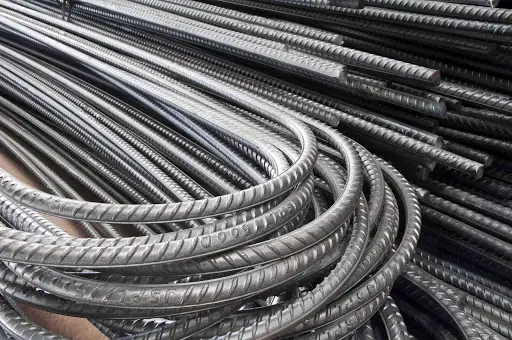
5) Corrosion Resistance Steel (CRS) bars
These bars contain a smaller percentage of corrosion-resisting elements like copper and chromium in addition to the carbon content.
The corrosion-resisting elements are in the range of 0.5% to 1.5%.
It is used in the construction of structures like bridges, ports, harbors, chemical factories, high rise buildings where there is exposure to moisture or any other chemical agents.

6) Stainless steel bars
Stainless steels are alloys that contain at least 12% of chromium.
The major advantages of using stainless steel rebars are,
- It is corrosion resistance.
- It has high strength, high ductility, and high durability.
- It has fire-resisting properties.
- It has good aesthetics.
Obviously, stainless steel rebars are much costlier than any other steel rebars so it is not economical for certain constructions.
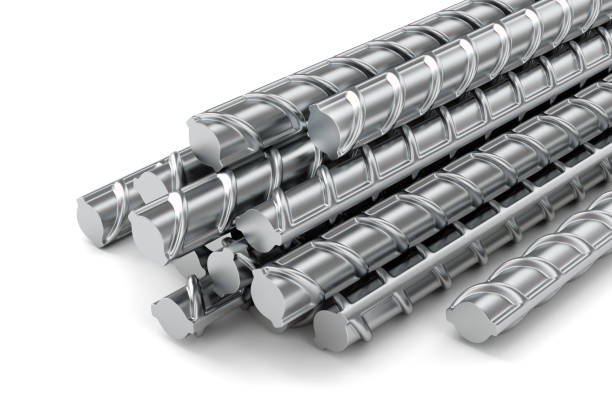
7) Epoxy-coated steel rebars
A protective layer of epoxy is coated on the steel reinforcement to prevent moisture and aggressive chemicals from eroding the surface of the reinforcing bar.
In addition to that, the epoxy coating improves the bonding of the steel and the surrounding concrete.
When compared with all other rebars for corrosion resistance, epoxy-coated steel rebars are cost-effective and widely used.
However, these epoxy-coated steel bars must be handled and placed very carefully, if the coating gets damaged then the corrosion resistance property gets compromised and the corrosion may happen at a faster rate.

FAQ
Why steel is used as a reinforcement material in concrete?
Concrete is good at taking compression when compared to taking tension loads. The tensile strength of the concrete is almost 1/10th of the compressive strength of the concrete. But in our structural elements like beam and slab, tension zone is inevitable.
Also, remember that concrete is a brittle material, when used alone it can fail suddenly at one point without showing any signs of collapse. Certainly, it is not good for the residents.
Considering all these requirements, we have to choose a reinforcing material that has good ductility, good bendability, good tensile strength, develops a good bond with concrete and most importantly that material should be economical.
As of now, steel is the only material that can satisfy these requirements. Besides that, it also has the same coefficient of thermal expansion as concrete. So both material goes well with one another.
Hope you understand everything you need to know about the types of steel rebars used in the construction industry. If you find this article helpful, let us know in the comment section.
Read more:
15 Types of cement and their Uses in the construction industry
How to check the quality of cement at the construction site?
